Market Growth Projections
The Global Acrylic Adhesives Market Industry is projected to experience substantial growth in the coming years. With an estimated market value of 8.93 USD Billion in 2024, the industry is expected to expand significantly, reaching 16.0 USD Billion by 2035. This growth trajectory indicates a compound annual growth rate of 5.46% from 2025 to 2035. Such projections reflect the increasing adoption of acrylic adhesives across various sectors, driven by their superior bonding properties and versatility. The anticipated growth underscores the importance of the Global Acrylic Adhesives Market Industry in meeting the evolving needs of diverse industries.
Growth in Construction Activities
The Global Acrylic Adhesives Market Industry is significantly influenced by the ongoing growth in construction activities worldwide. As urbanization accelerates, the demand for construction materials that offer durability and flexibility increases. Acrylic adhesives are increasingly utilized in various applications, including bonding glass, tiles, and other materials in both residential and commercial projects. This trend is expected to contribute to the market's expansion, with projections indicating a rise to 16.0 USD Billion by 2035. The construction sector's reliance on acrylic adhesives for their performance characteristics suggests a robust future for the Global Acrylic Adhesives Market Industry, particularly in emerging economies.
Rising Demand in Automotive Sector
The Global Acrylic Adhesives Market Industry experiences a notable surge in demand driven by the automotive sector. As manufacturers increasingly prioritize lightweight materials for fuel efficiency, acrylic adhesives are favored for their strong bonding capabilities. In 2024, the market is projected to reach 8.93 USD Billion, reflecting the automotive industry's shift towards advanced adhesive technologies. This trend is further supported by the growing emphasis on sustainability, as acrylic adhesives are often more environmentally friendly compared to traditional options. Consequently, the automotive sector's expansion is likely to propel the Global Acrylic Adhesives Market Industry forward, with significant growth anticipated in the coming years.
Diverse Applications Across Industries
The Global Acrylic Adhesives Market Industry benefits from diverse applications across various sectors, including automotive, construction, electronics, and healthcare. This versatility allows acrylic adhesives to cater to a wide range of bonding needs, from structural applications to delicate electronic components. As industries continue to evolve, the demand for specialized adhesive solutions is likely to increase. The market's adaptability to different applications suggests a robust growth trajectory, with projections indicating a rise to 16.0 USD Billion by 2035. This diversity in applications not only enhances the Global Acrylic Adhesives Market Industry's resilience but also positions it as a key player in the adhesive market.
Increasing Demand for Eco-Friendly Products
The Global Acrylic Adhesives Market Industry is witnessing a shift towards eco-friendly products, driven by consumer awareness and regulatory pressures. As industries strive to reduce their environmental footprint, acrylic adhesives that are low in volatile organic compounds (VOCs) are gaining traction. This trend is particularly evident in sectors such as packaging and construction, where sustainable practices are becoming the norm. The growing preference for environmentally responsible products is likely to enhance the market's appeal, as manufacturers adapt to meet these evolving consumer demands. The focus on sustainability may further bolster the Global Acrylic Adhesives Market Industry, positioning it favorably for future growth.
Technological Advancements in Adhesive Formulations
Technological advancements in adhesive formulations are reshaping the Global Acrylic Adhesives Market Industry. Innovations in polymer chemistry have led to the development of high-performance acrylic adhesives that offer enhanced properties such as improved temperature resistance and faster curing times. These advancements cater to diverse industries, including electronics and packaging, where precision and reliability are paramount. As manufacturers continue to invest in research and development, the market is poised for sustained growth. The anticipated compound annual growth rate of 5.46% from 2025 to 2035 indicates that these technological improvements will likely drive the Global Acrylic Adhesives Market Industry to new heights.


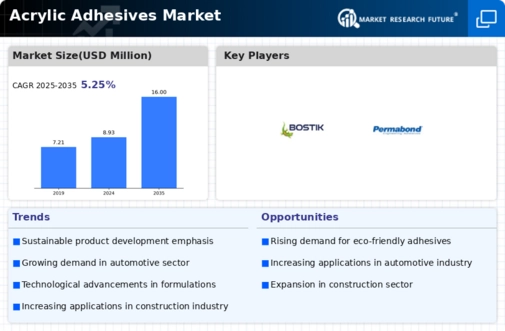

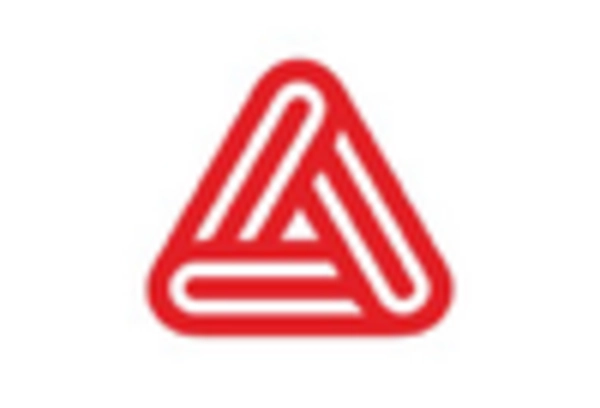

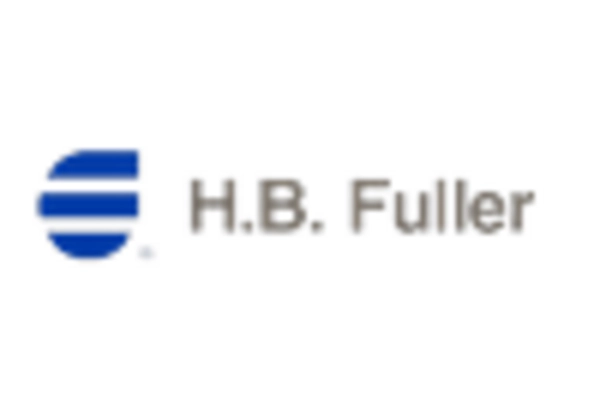
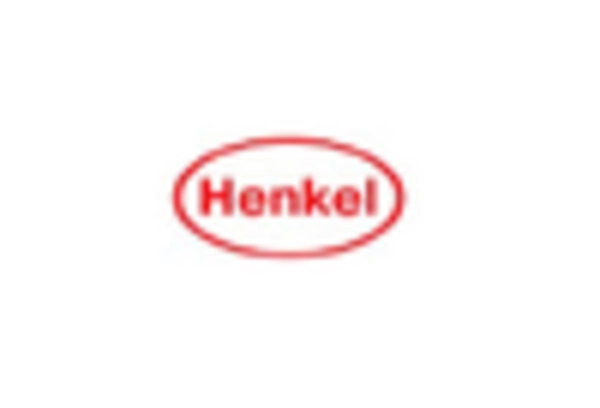
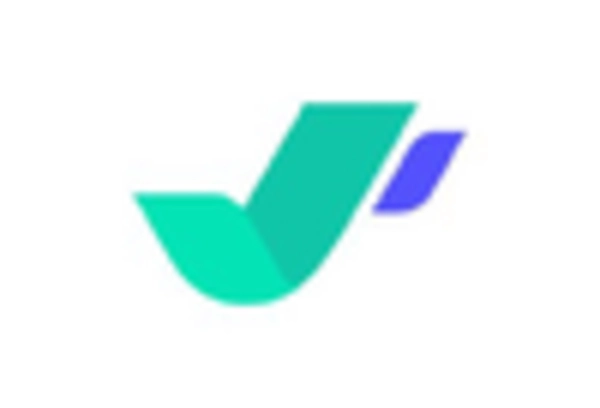









Leave a Comment